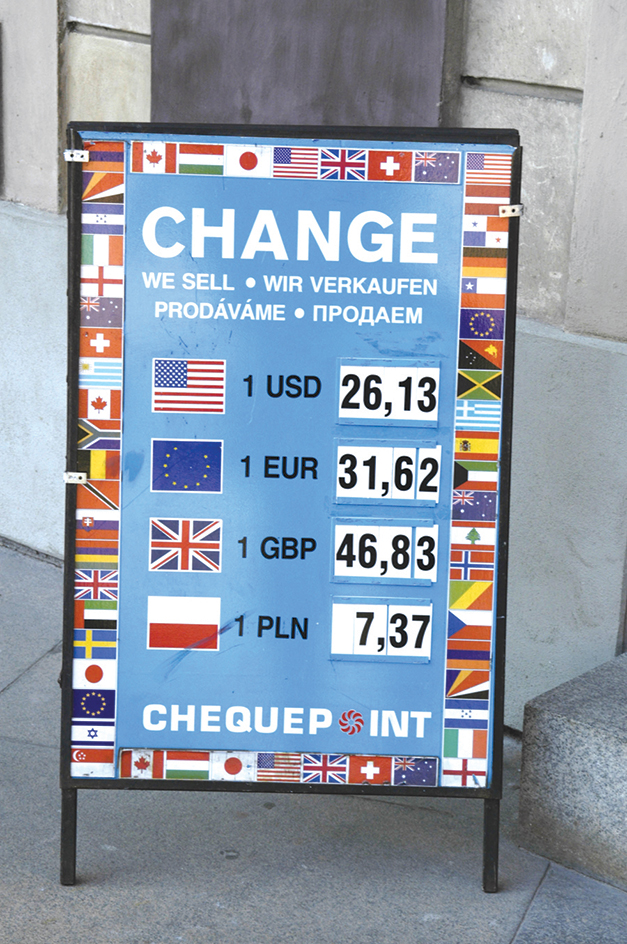Balance of payments is a record of the value of all economic transactions that one nation has with other nations during a certain period. It lists total payments and receipts from such sources as merchandise trade, services, and borrowing and lending for investment.
How balance of payments is determined.
The United States Department of Commerce and the International Monetary Fund issue balance-of-payments data on the United States and other nations. These reports divide a country’s balance-of-payments account into two major categories, a current account and a capital account. The current account reflects the flow of merchandise, services, and transfer payments in and out of the country. A merchandise trade section records the value of the nation’s imports and exports. Services include interest and dividends the country earns or pays to other nations, wages to foreign workers, and transportation and travel. Transfer payments include grants, gifts, and pensions.
The capital account itemizes the value of loans made by foreigners in the country and by the nation’s citizens abroad. It also records the value of investments by multinational corporations; sales and purchases of stocks, bonds, and other securities; and foreign currencies bought and sold by the nation’s central bank.
Because all transactions between nations consist of two sides—the receipt of, and the payment for, an item—the two sides must always be equal. But parts of a balance-of-payments report may show a surplus or deficit and need not balance. For example, if a nation imports more than it exports, it would show a deficit in the merchandise trade section of the current account. A nation exporting more than it imports would have a surplus.
Balance of payments and exchange rates.
Changes in a nation’s receipts and payments may affect its exchange rate, the value of its currency in relation to foreign currencies. Different countries follow different exchange rate systems. In a freely floating system, exchange rates vary continuously in response to changes in international receipts and payments. Generally, if receipts exceed payments at a particular time, the country’s currency will appreciate (increase in value) in relation to other currencies. If payments exceed receipts, the country’s currency will depreciate (fall in value) in relation to foreign currencies. In a fixed exchange-rate system, a country’s central bank buys or sells foreign currencies in exchange for its own money to keep its exchange rate constant. Some countries follow a managed floating system, in which the central bank buys or sells foreign currencies only to moderate fluctuations in the exchange rate.

The United States, Canada, Japan, and many other major trading nations use the managed floating system. From time to time, the individual countries intervene in the foreign exchange market, either on their own or in coordination with each other. In the late 1990’s, most European Union (EU) countries agreed to adopt a common currency, the euro, in 1999 and thereby permanently fix exchange rates among themselves. The plan called for allowing the euro to float against the currencies of non-EU countries, subject to intervention by the European Union’s central bank.
